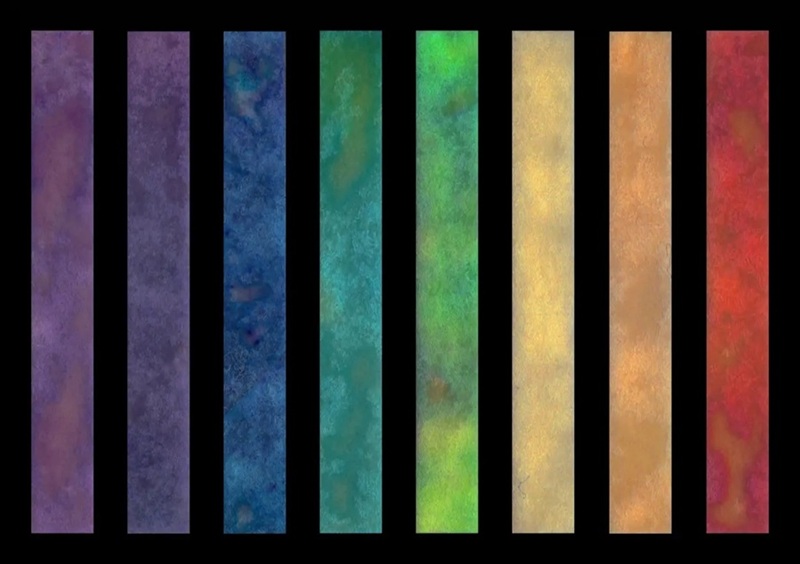Blood Test Proves Accurate for Tuberculosis Control
By HospiMedica staff writers
Posted on 27 Feb 2008
A new blood test for detecting tuberculosis (TB) infection has been shown to be six times more accurate than the conventional tuberculin skin test (TST) at predicting which TB-exposed individuals will go on to develop the disease.Posted on 27 Feb 2008
Researchers at the University of Düsseldorf (Germany), and other institutions in Germany tested both the TST and the Quantiferon-TB Gold (QFT) test on 601 people who might have been infected by contact with people with TB disease. Of these, 40% had a positive TST, but only 11% (66) of the exposed persons were found infected according to the QFT test and offered TB treatment, 41 of whom declined. Over the next two years, six people developed TB disease, all QFT positive and who had declined treatment. Therefore, the researchers calculated that the QFT test had a predictive value for developing TB disease of 15%, more than 6 times greater than the 2.3% for the TST test. The study was published ahead of print on February 14, 2008, in the American Journal of Respiratory and Critical Care Medicine.
The QuantiFeron-TB Gold is the first major advance in TB diagnosis since the introduction of the tuberculin skin test (TST, also known as Mantoux) over 100 years ago. The QFT test is based on measurement of a cell mediated immune response in infected individuals. The T-cells of these individuals are sensitized to TB, and responded to stimulation with peptides simulating those expressed by the TB causing bacteria, secreting a cytokine called interferon-y. QFT accurately measures the interferon-y response in an enzyme assay. Unlike the TST, QFT is unaffected by previous Bacille Calmette Guerin (BCG) vaccination and most other mycobacteria. QFT requires only one patient visit, and provides an objective, reproducible result that is not subject to interpretation based on a patient's relative risk factors for TB exposure. The QTB test was developed by Celletis (Carnegie, Australia) and has received regulatory and policy approvals in the United States, Japan, Europe, and elsewhere.
"The high rate of progression to active TB of those QFT positive (14.6%), far greater than the 2.3% found for those TST positive, has significant health and economic implications for enhanced TB control,” concluded lead author Dr. Roland Diel, M.D., M.P.H., of the school of Public Health at Düsseldorf University, and colleagues.
Globally, up to two billion people are infected with TB. In most cases the TB bacteria is contained by the body's immune system (latent TB infection) without any symptoms of the infection. Nevertheless, 9 million people, most originating from this large pool of individuals, are reported every year by The World Health Organization (WHO, Geneva, Switzerland) as developing active and infectious TB disease.
Related Links:
University of Düsseldorf
Celletis













